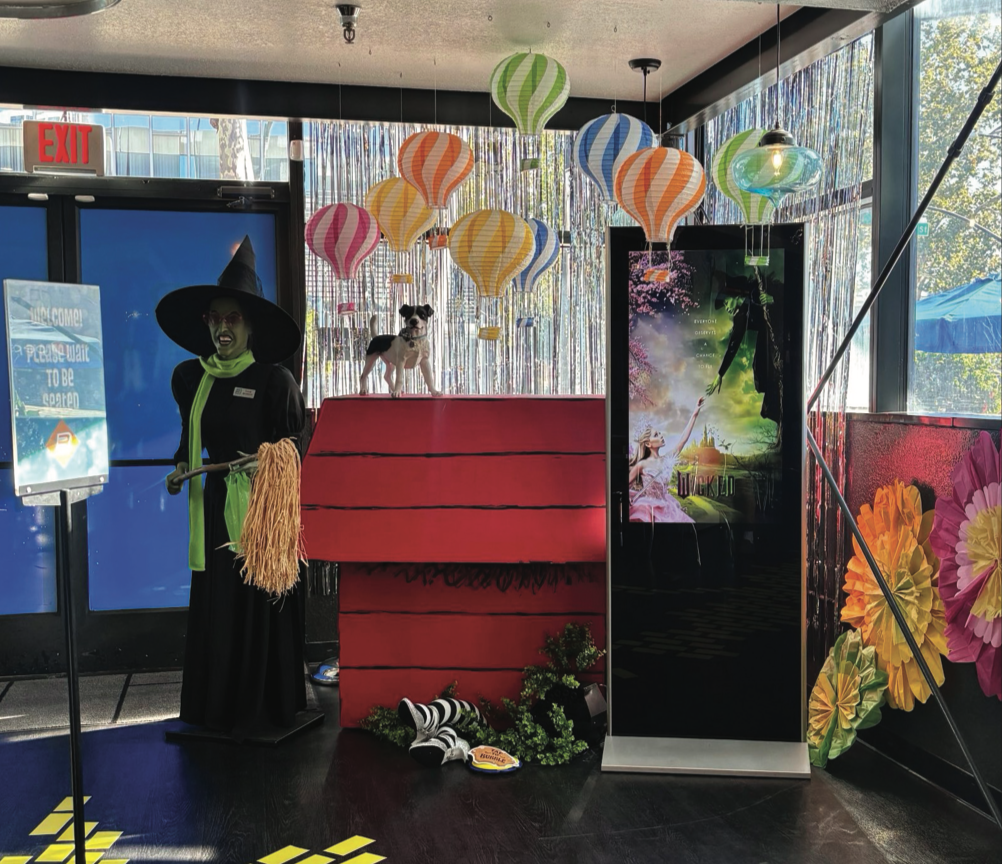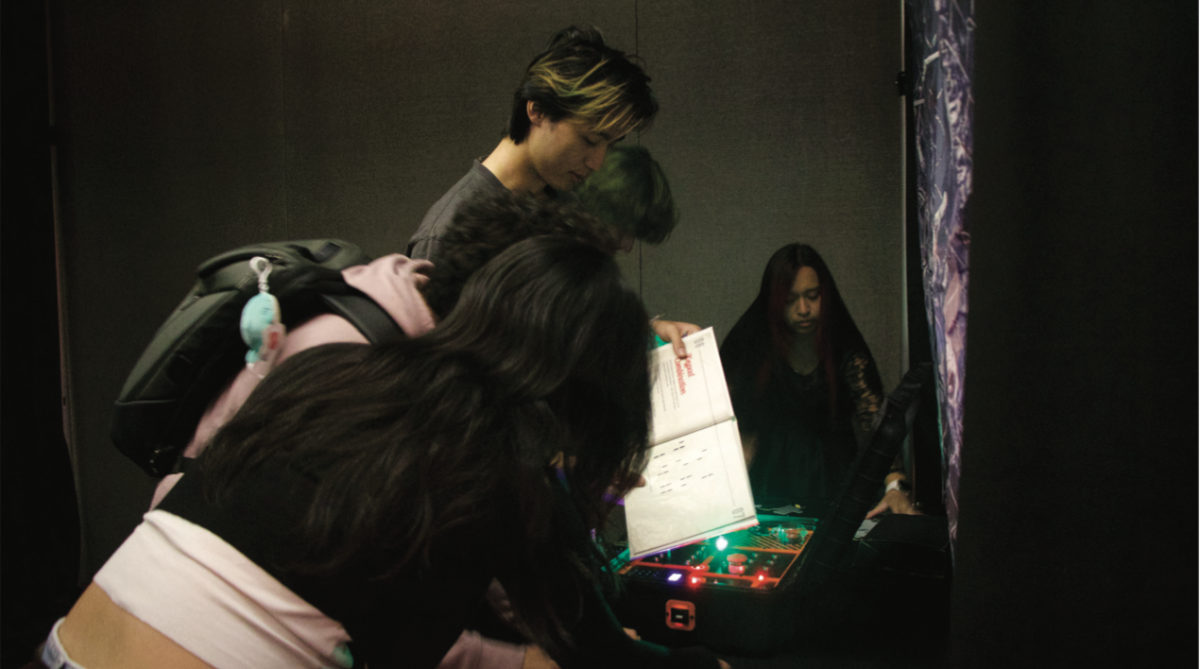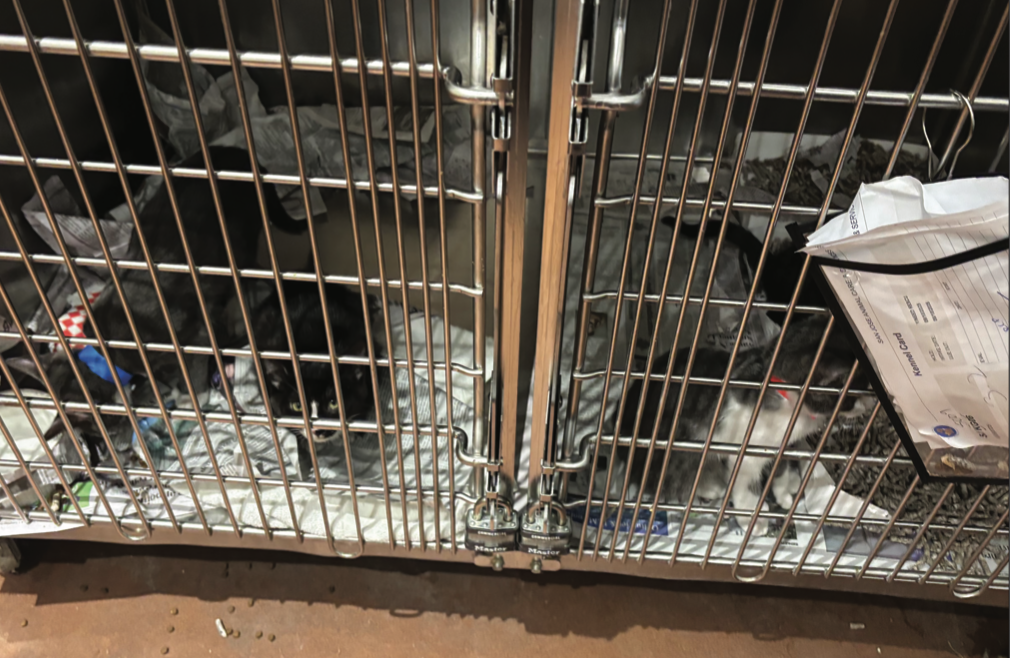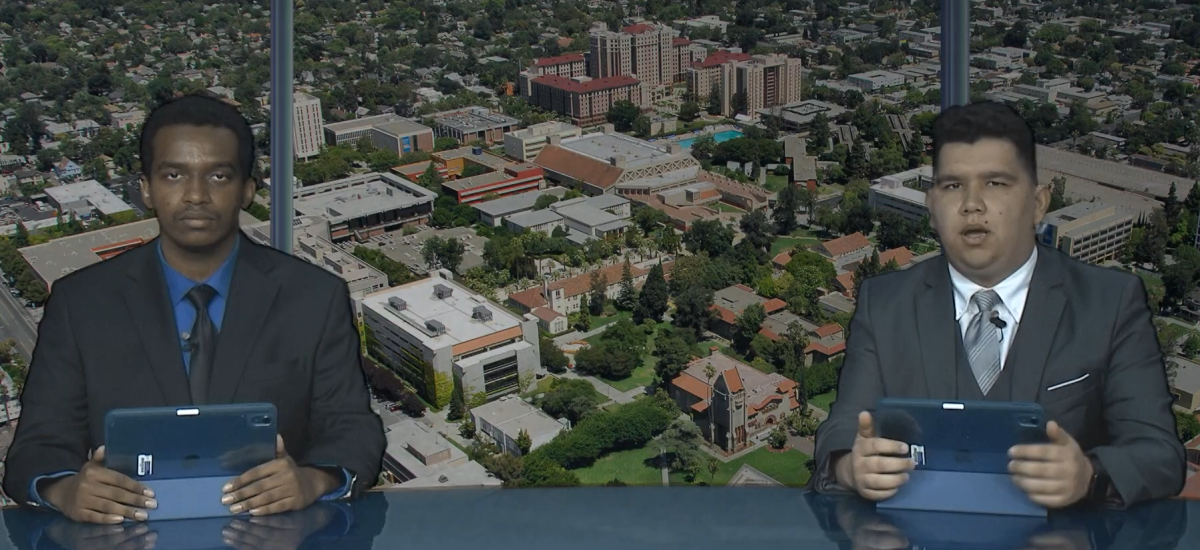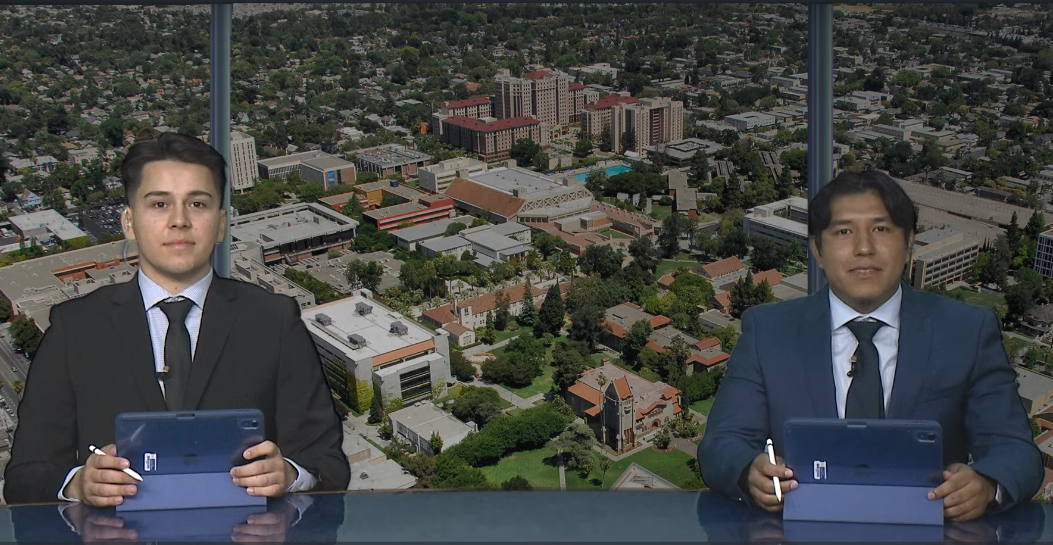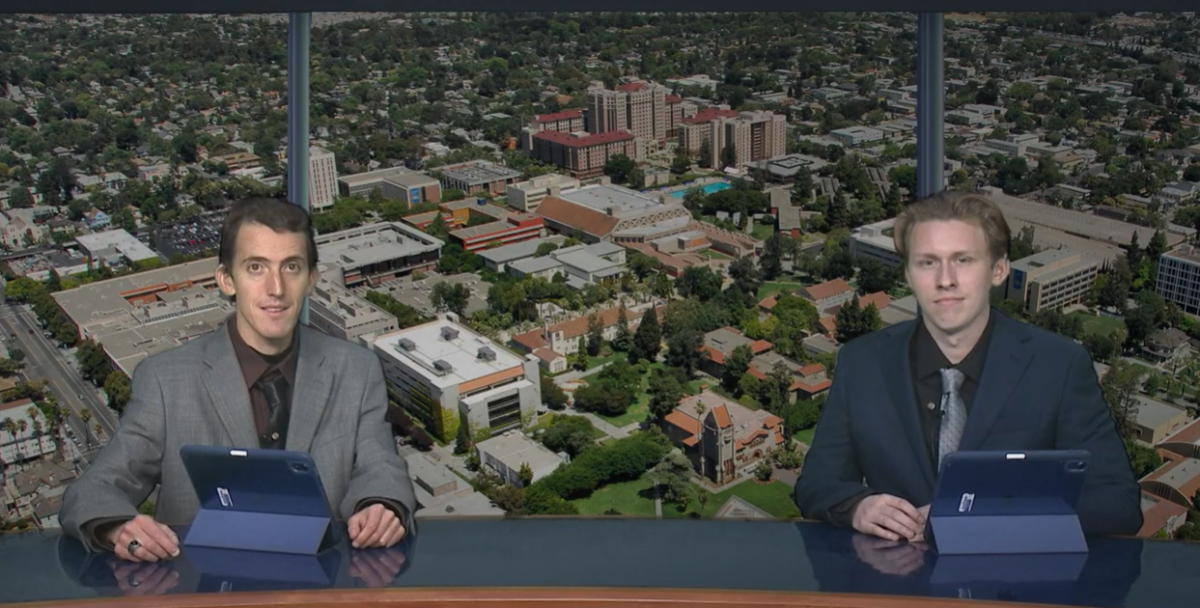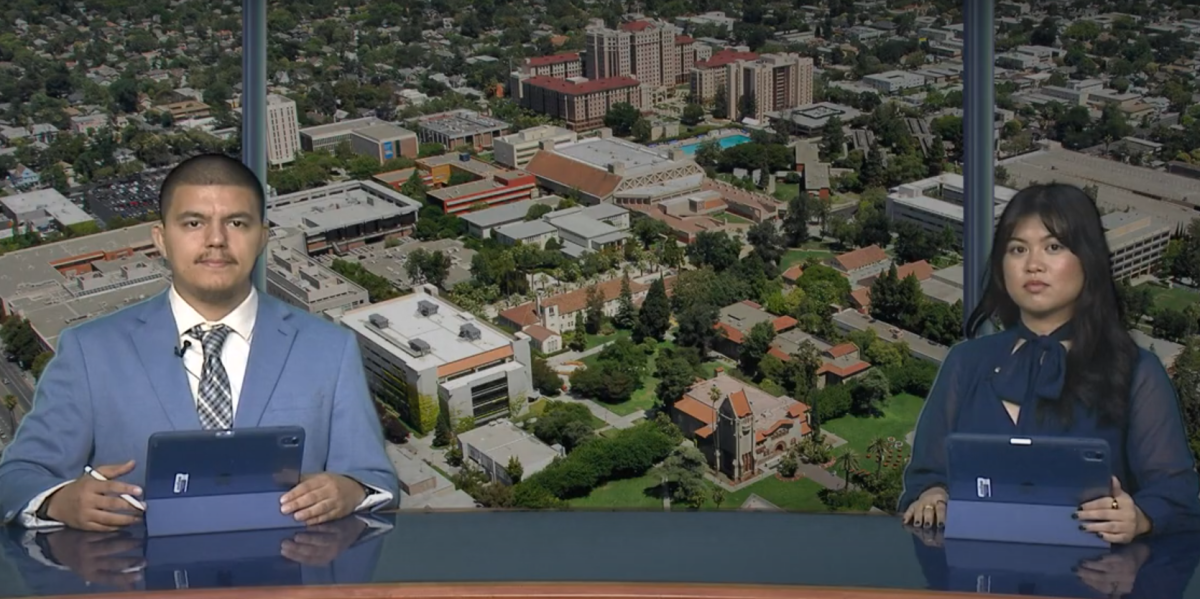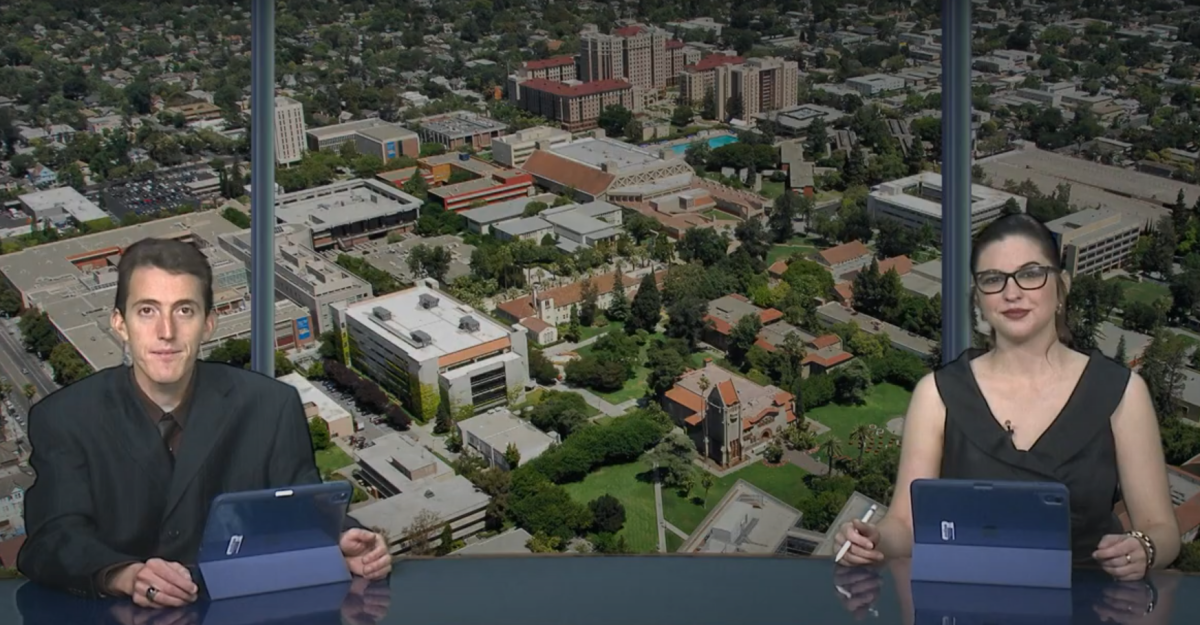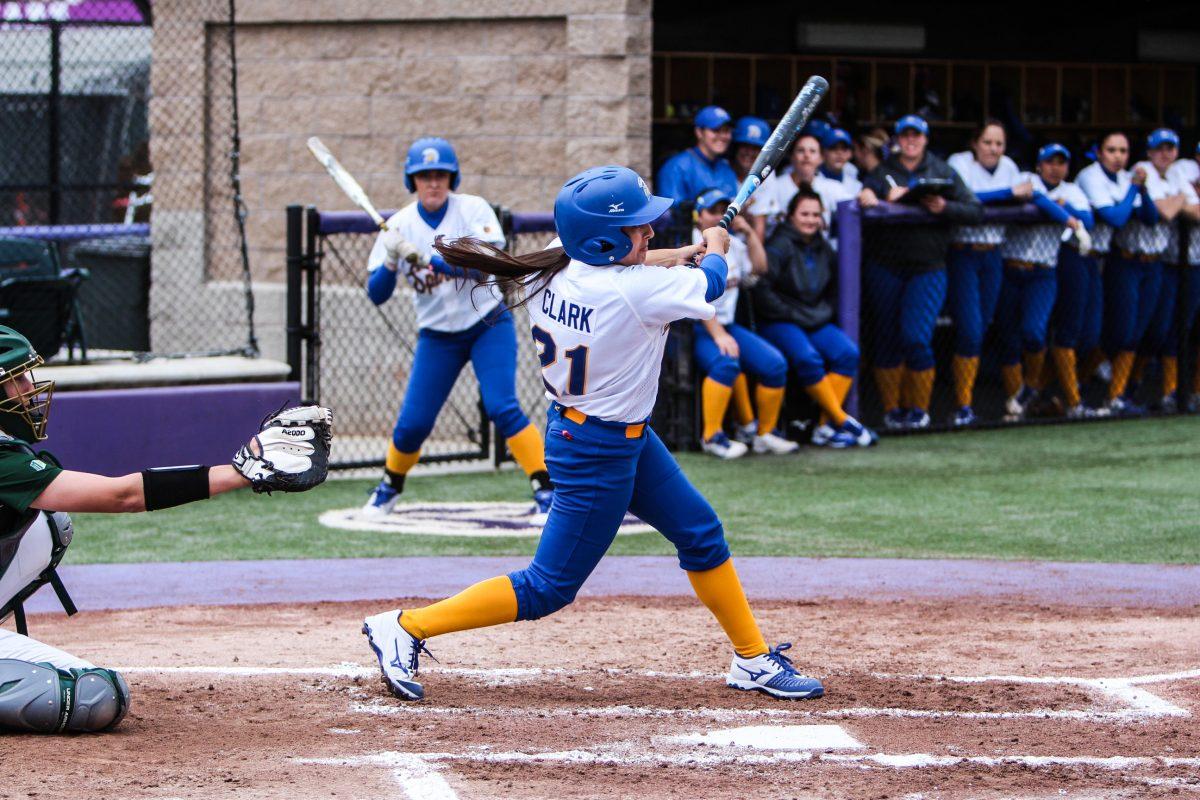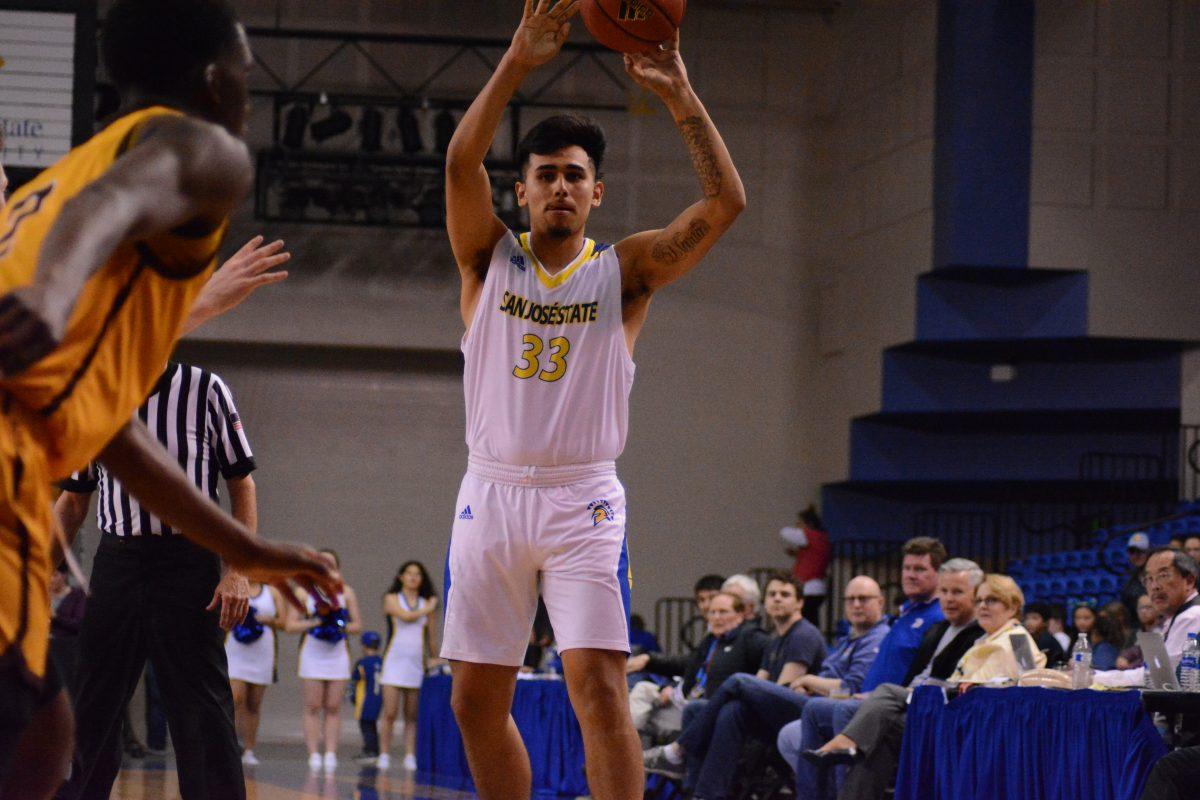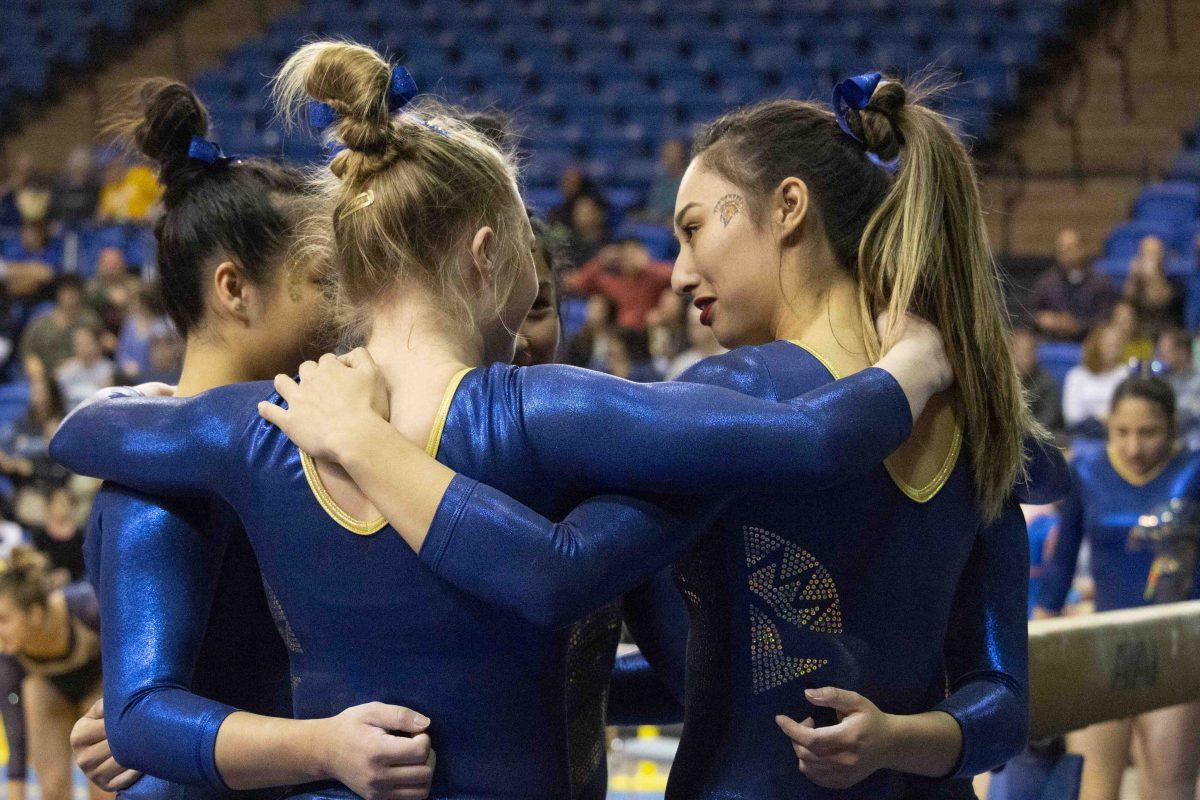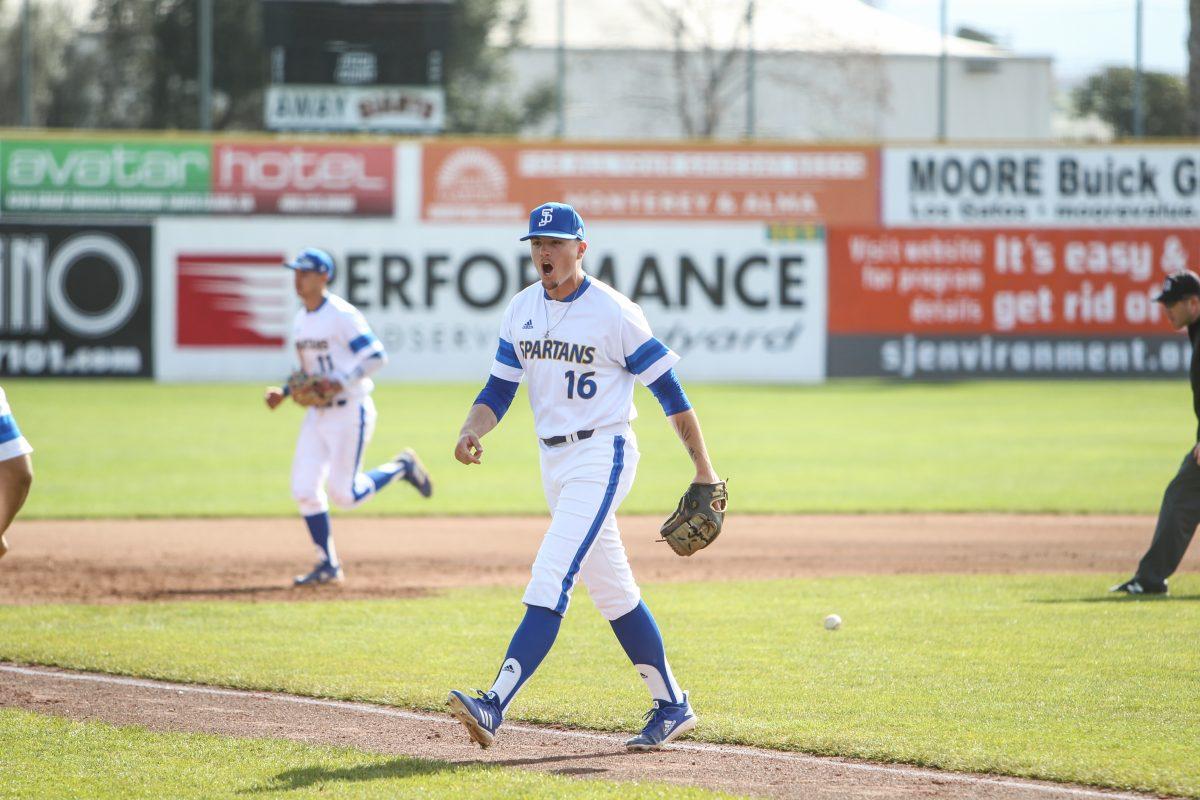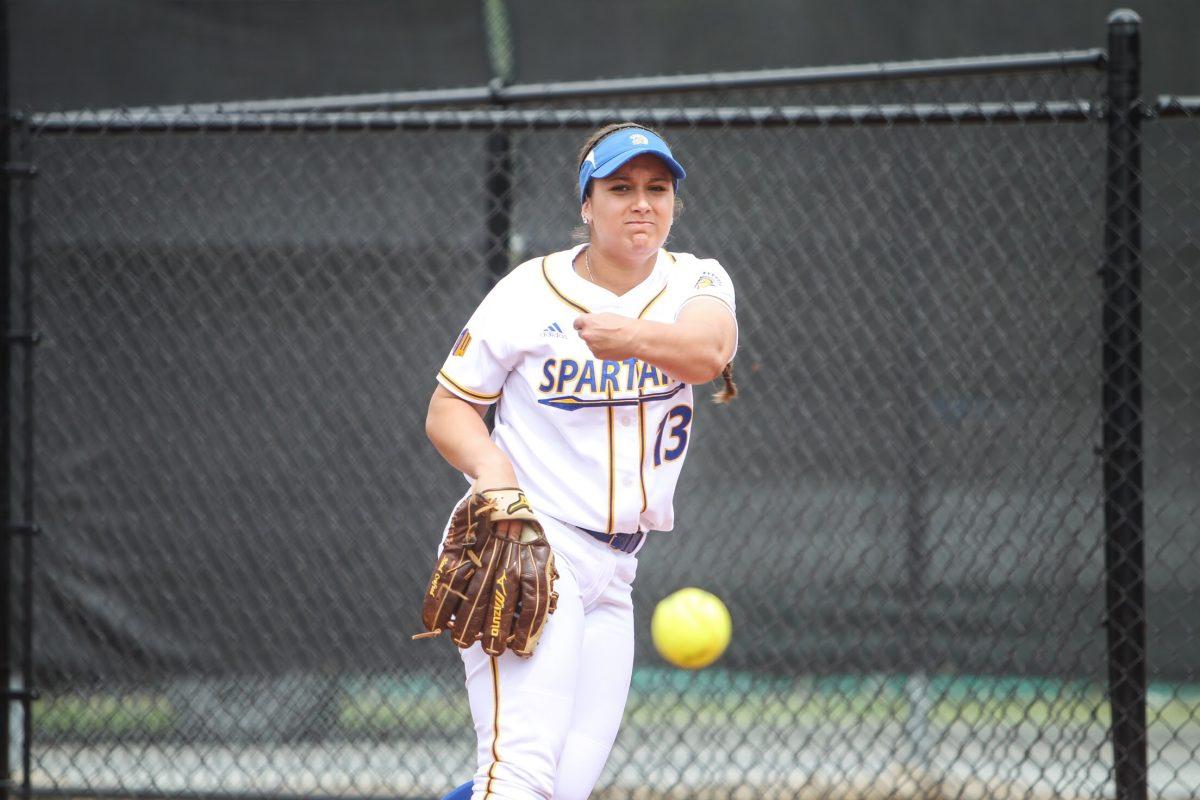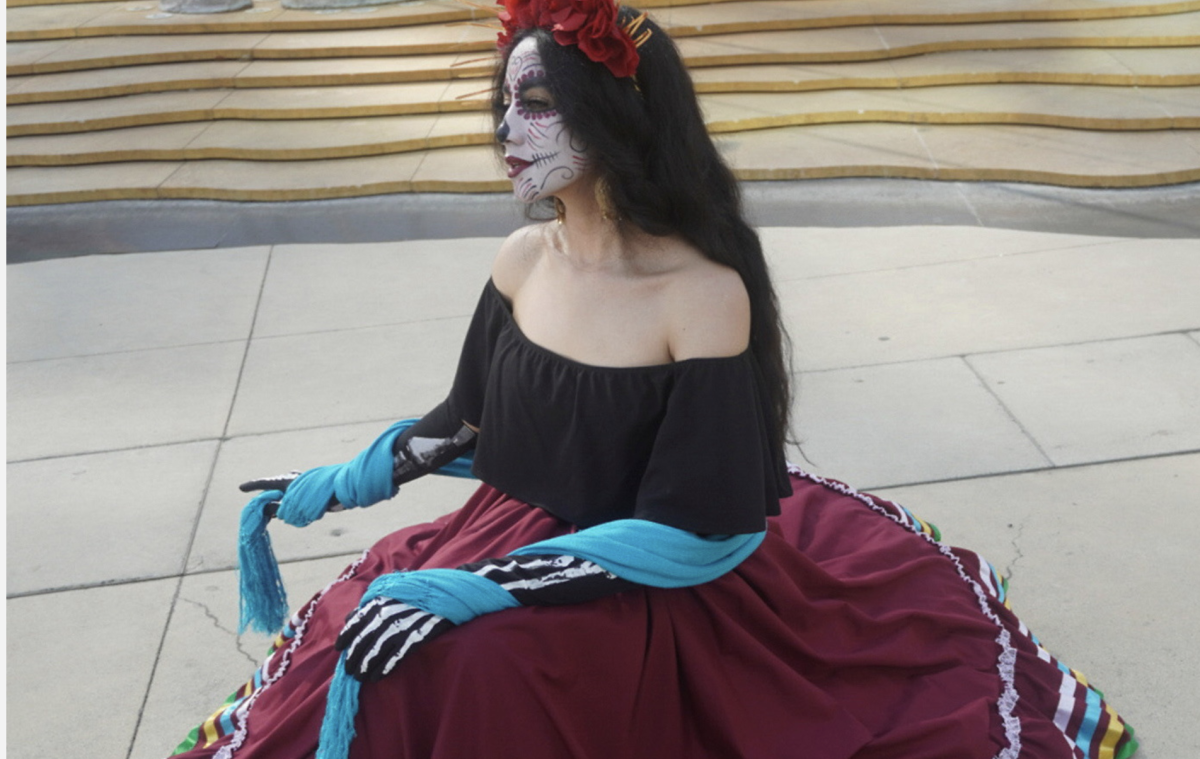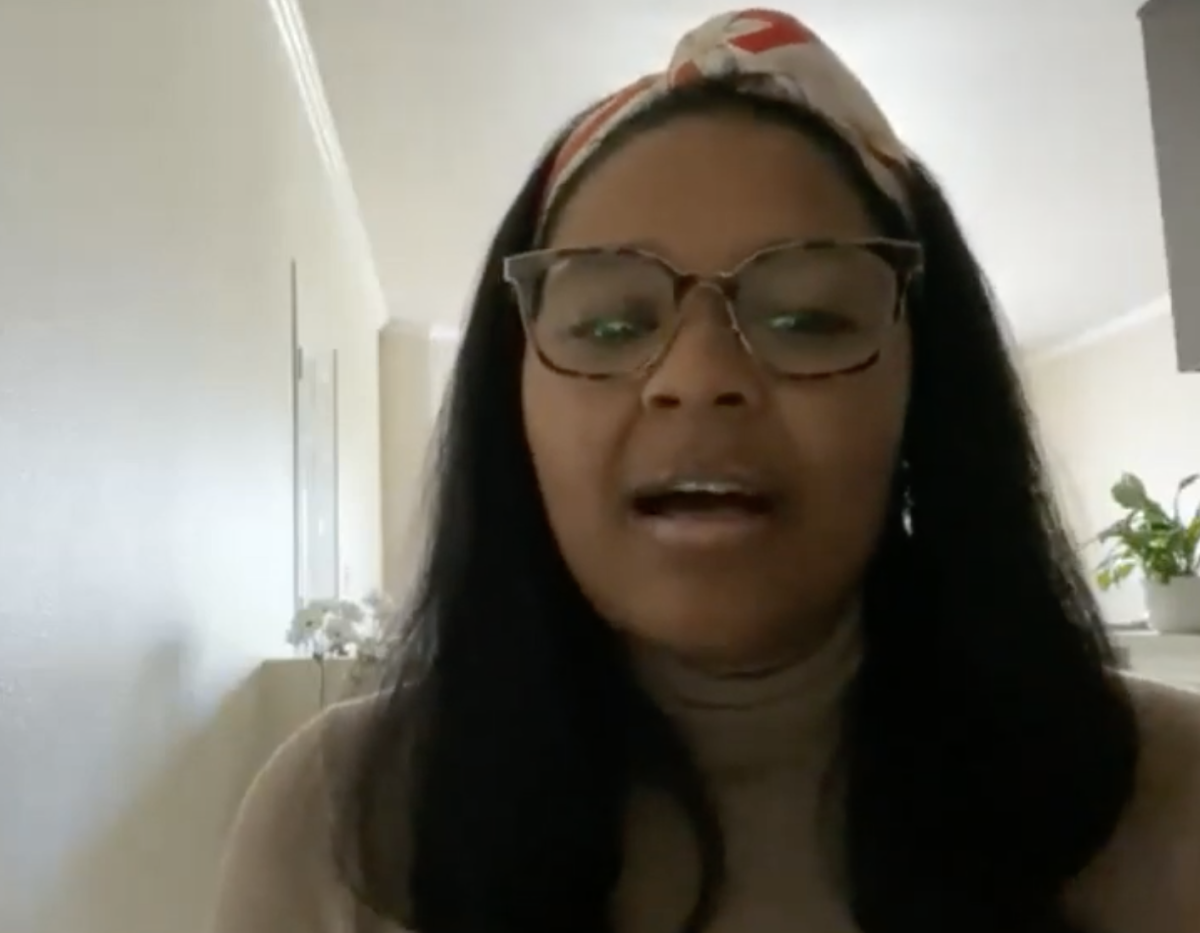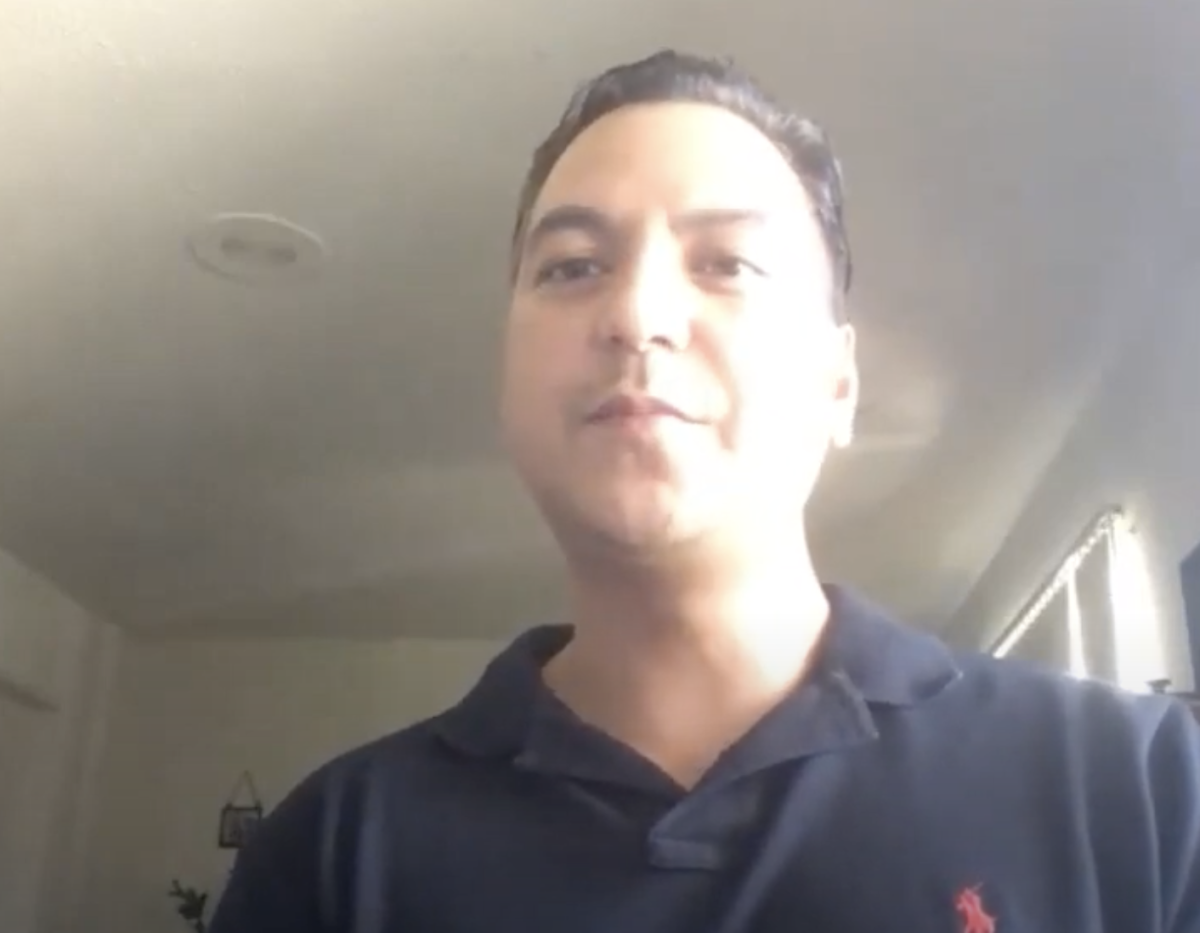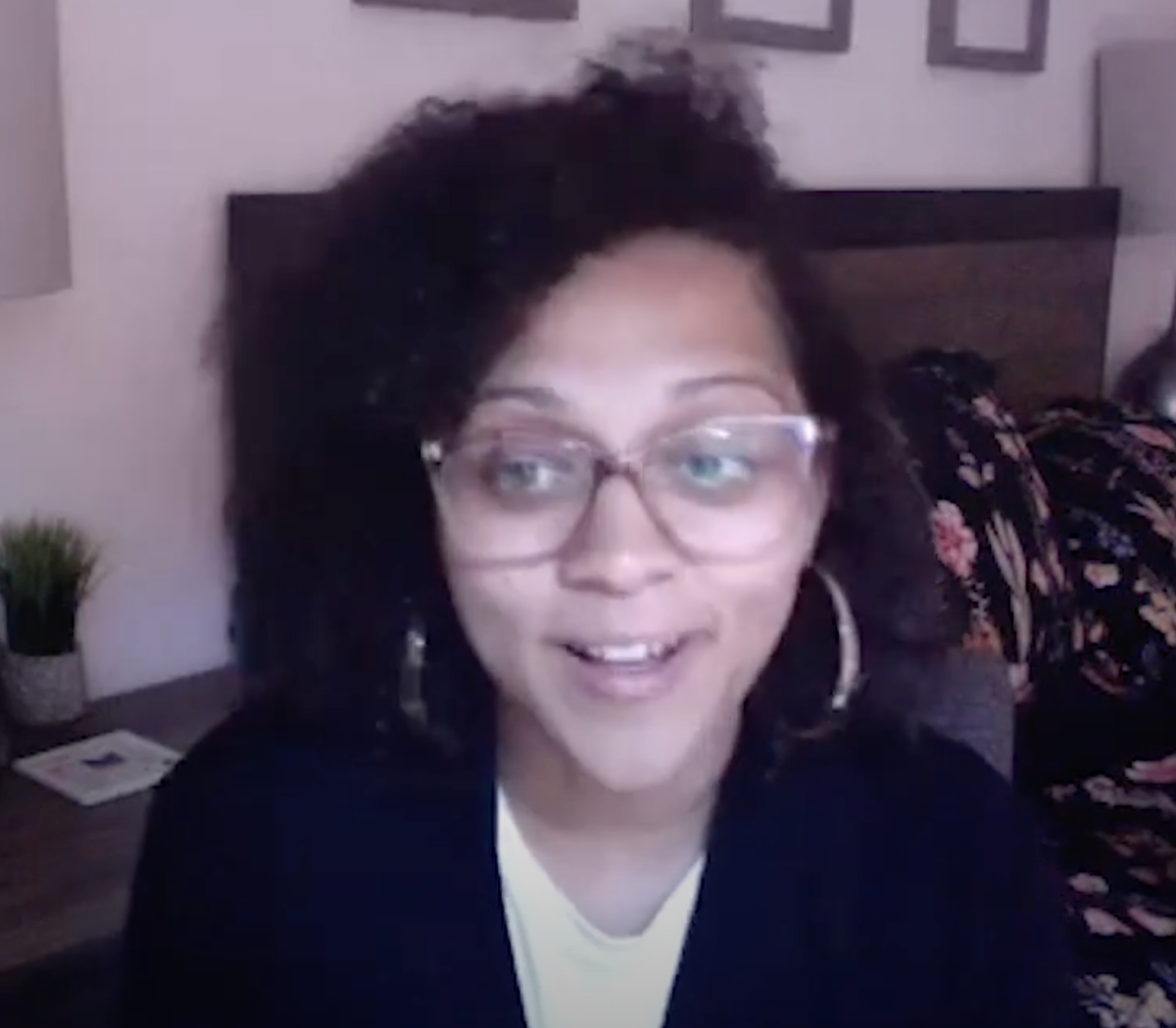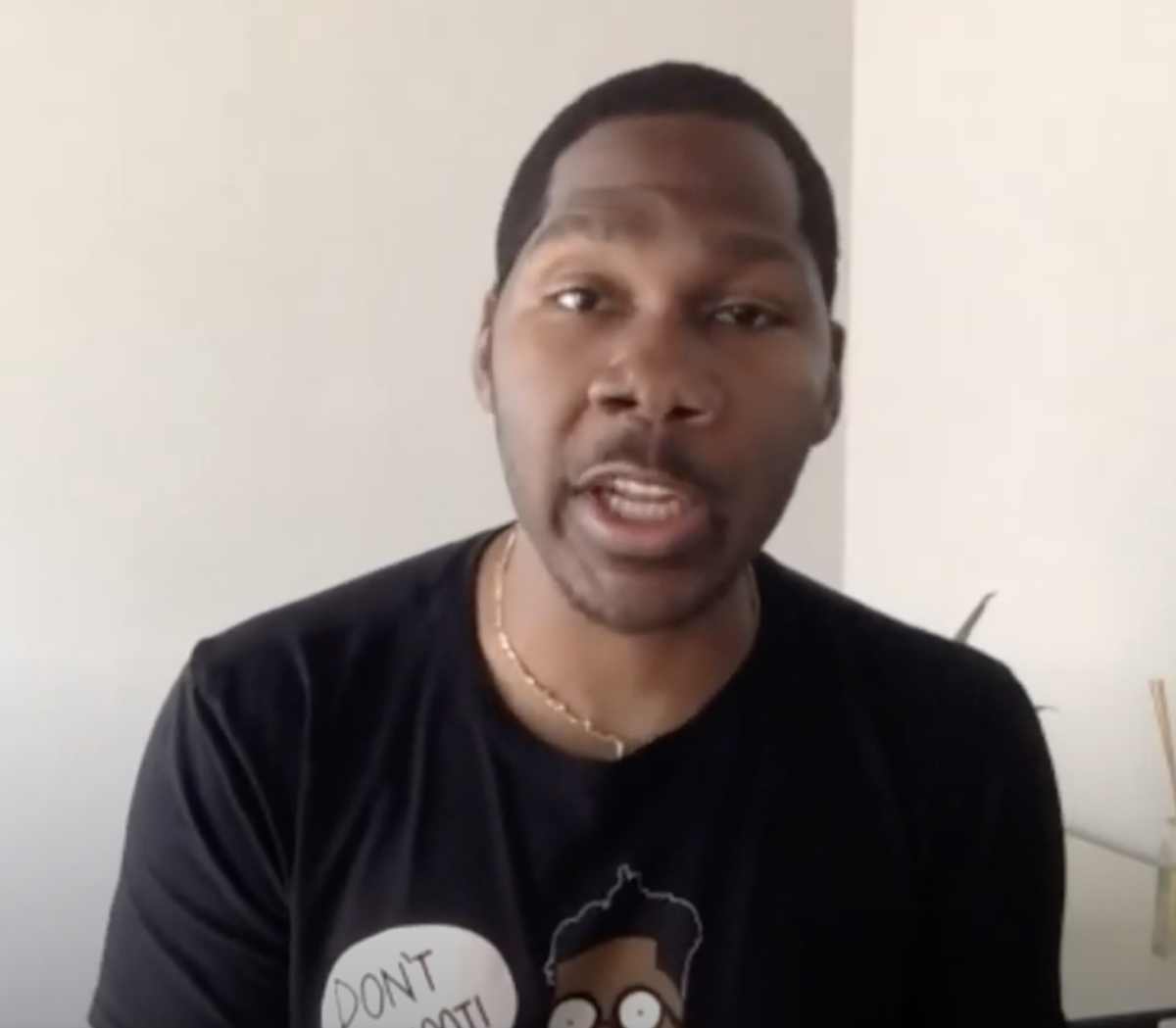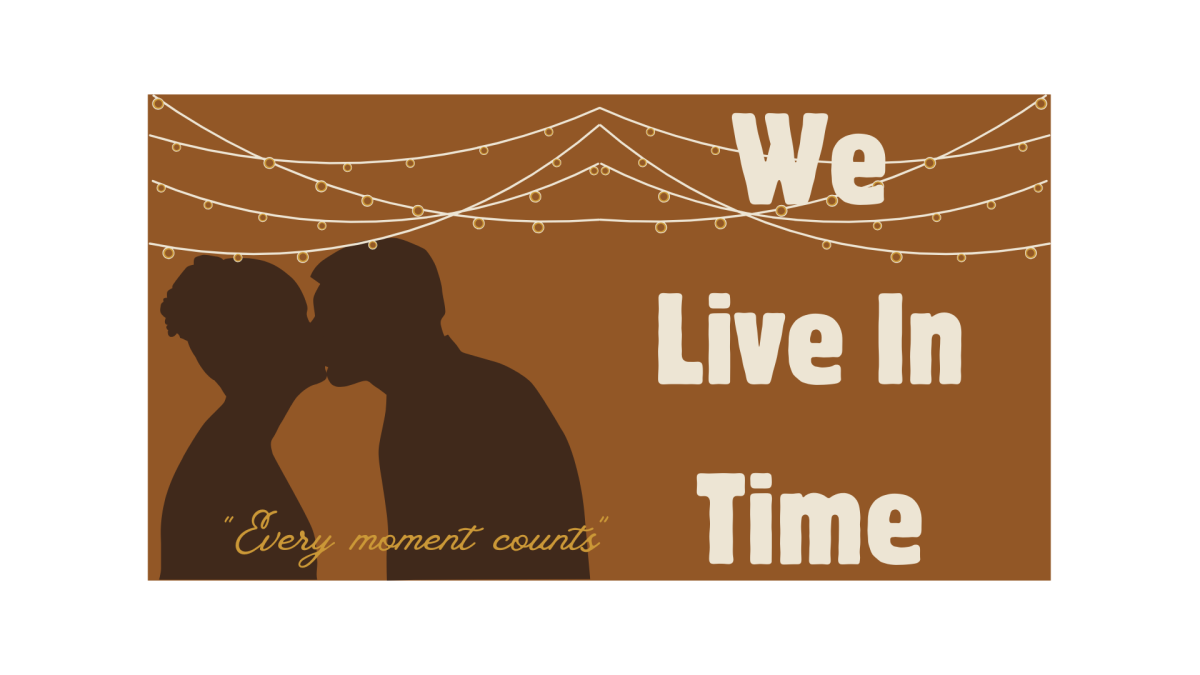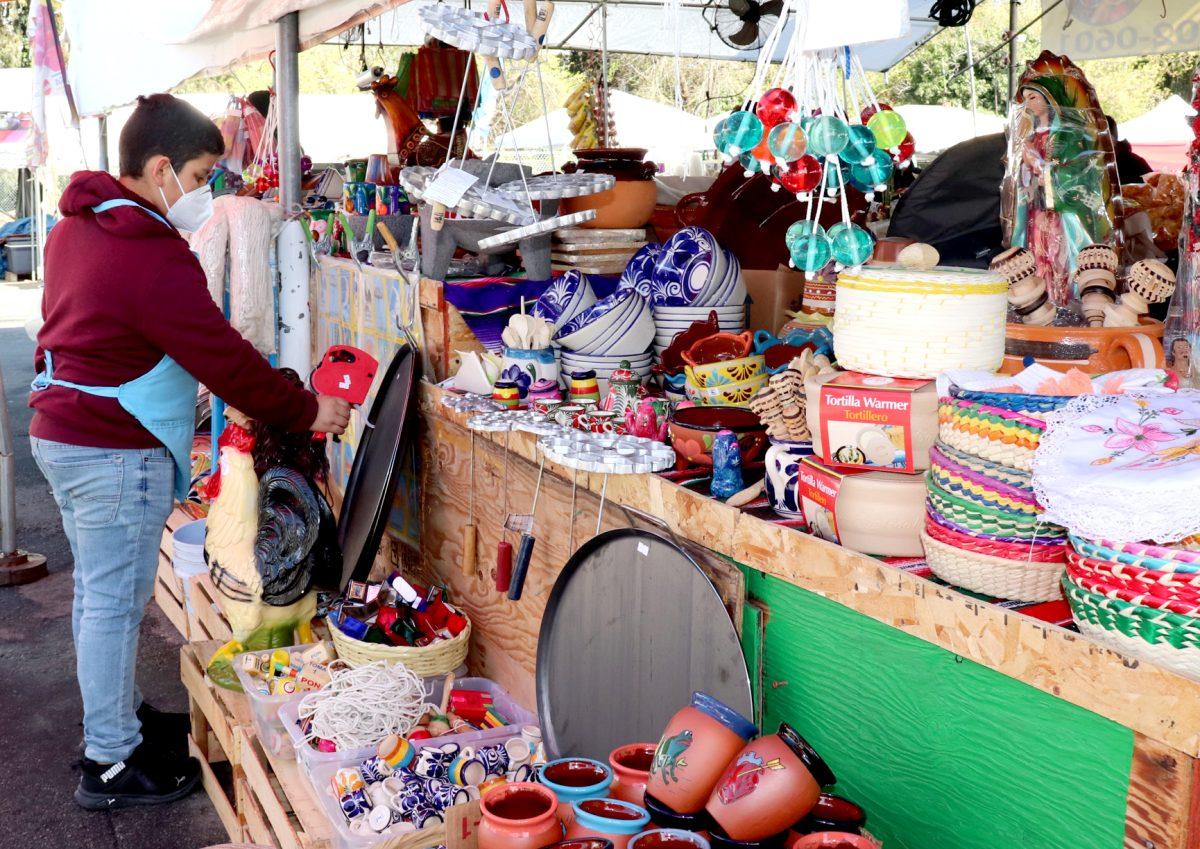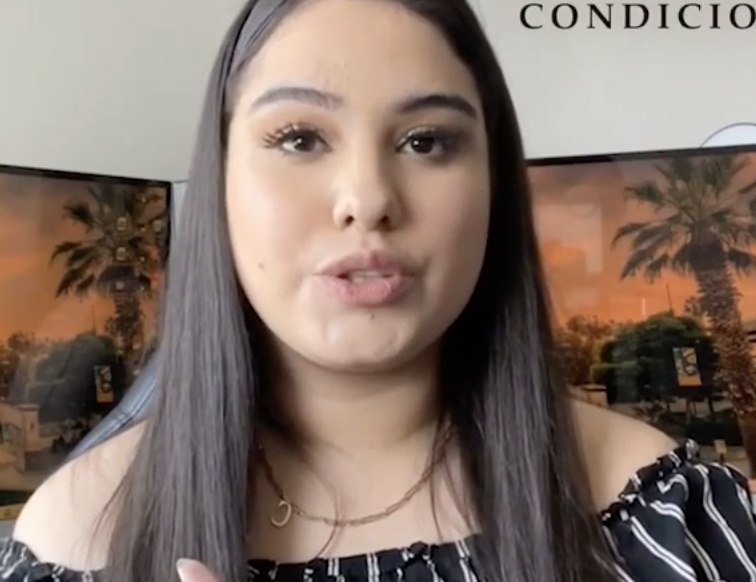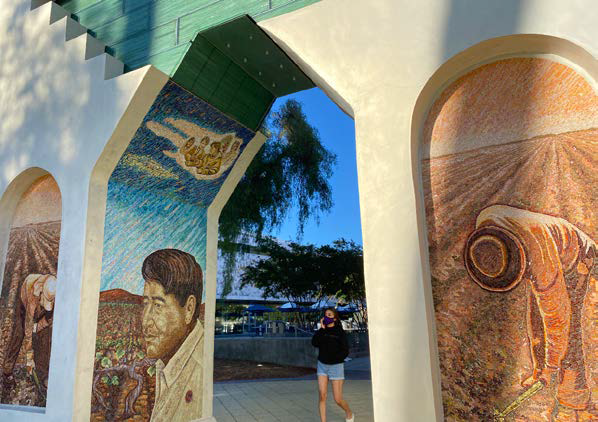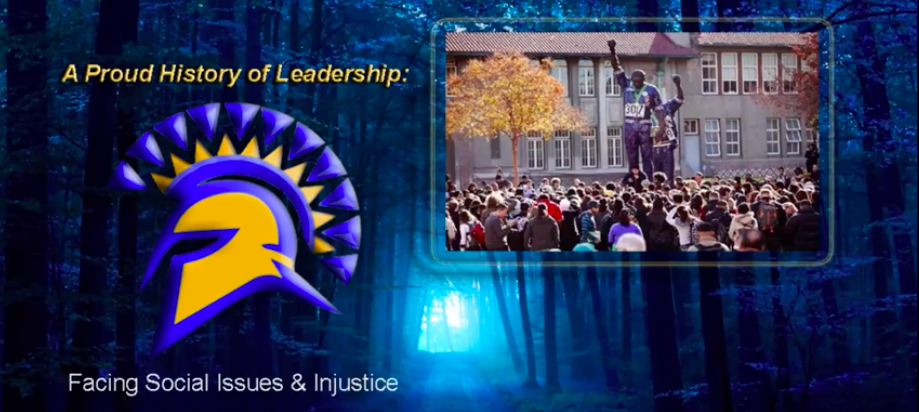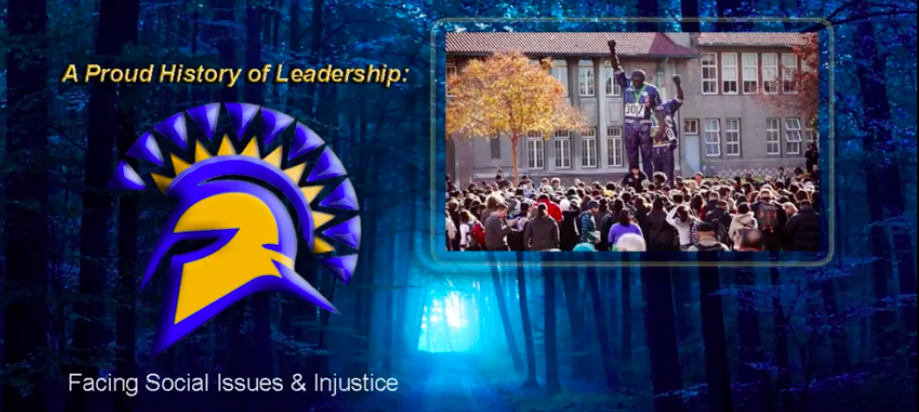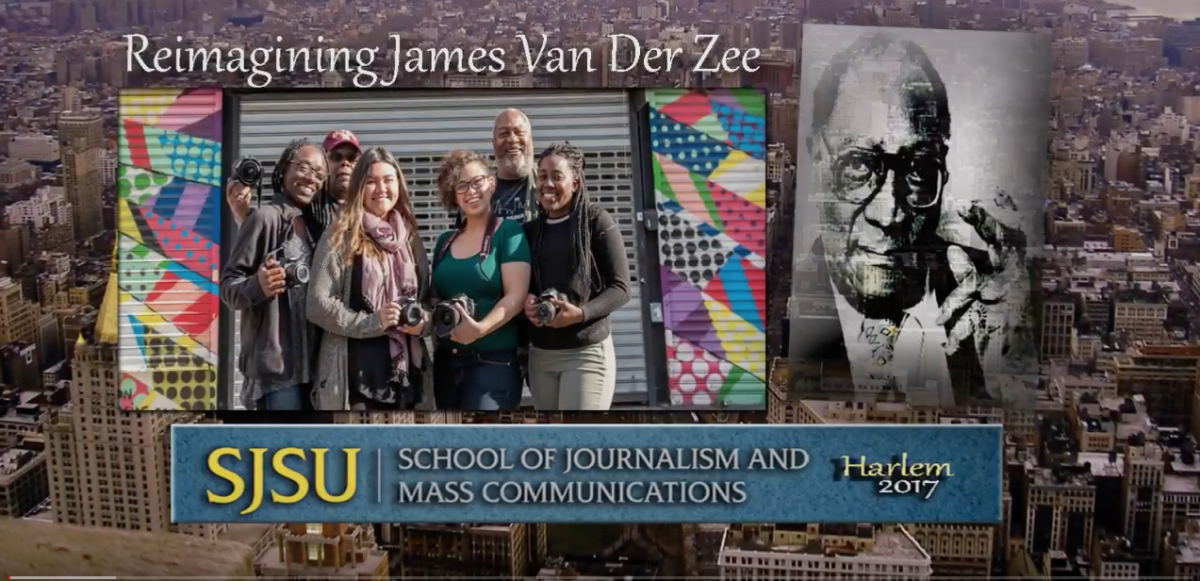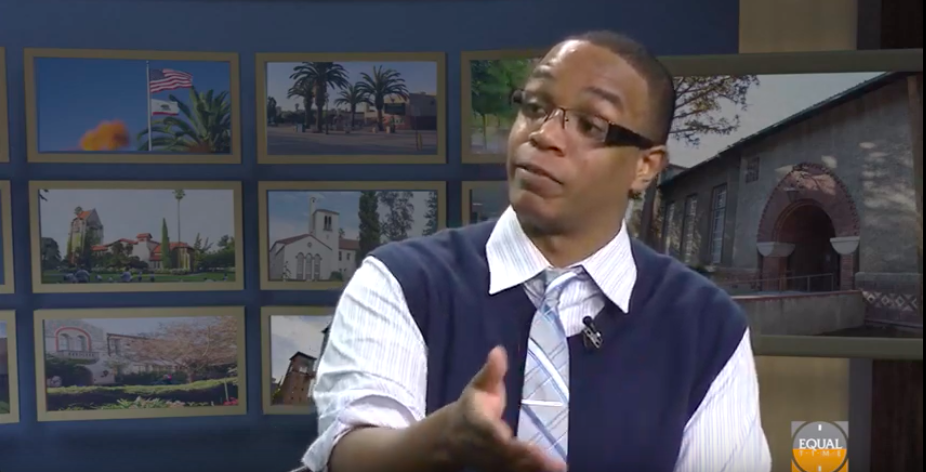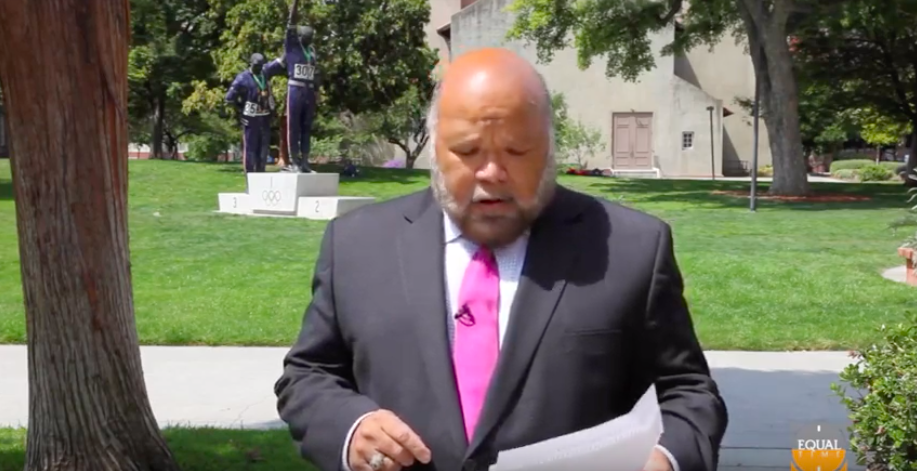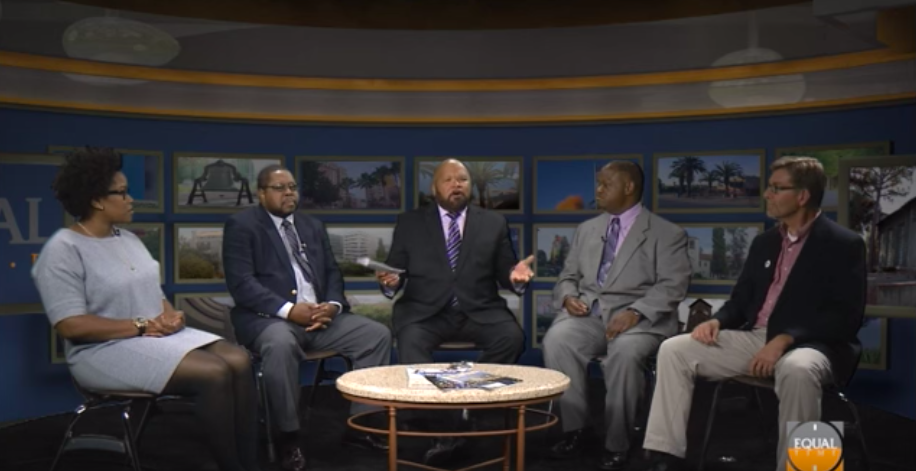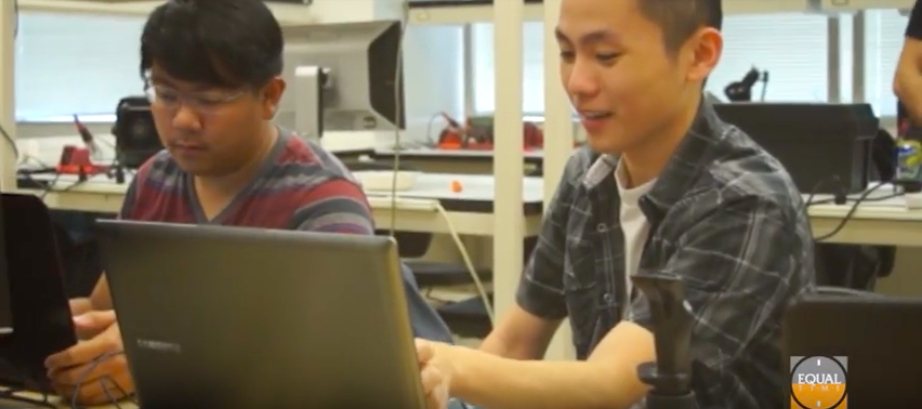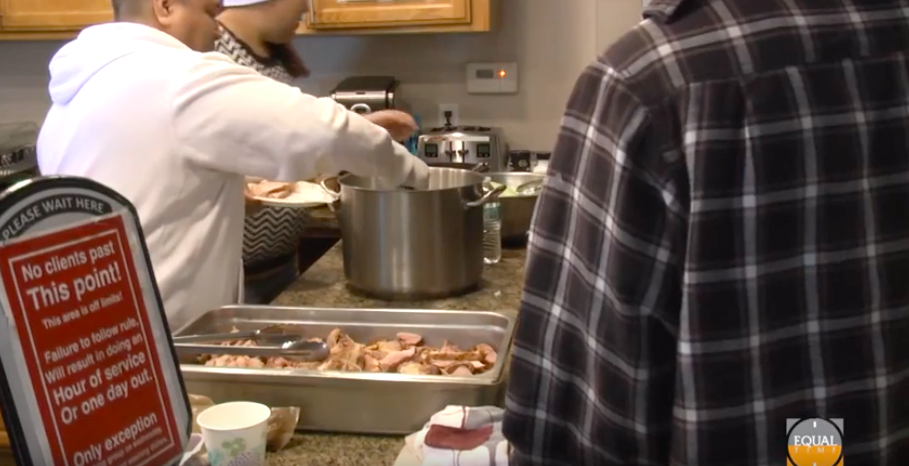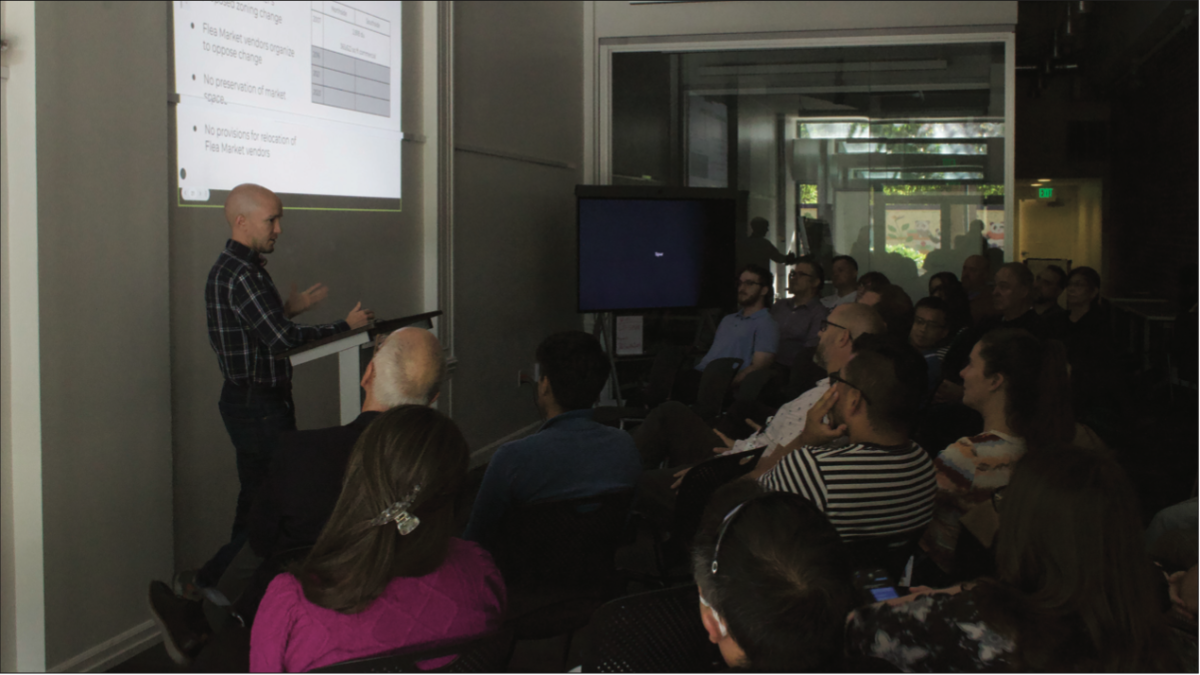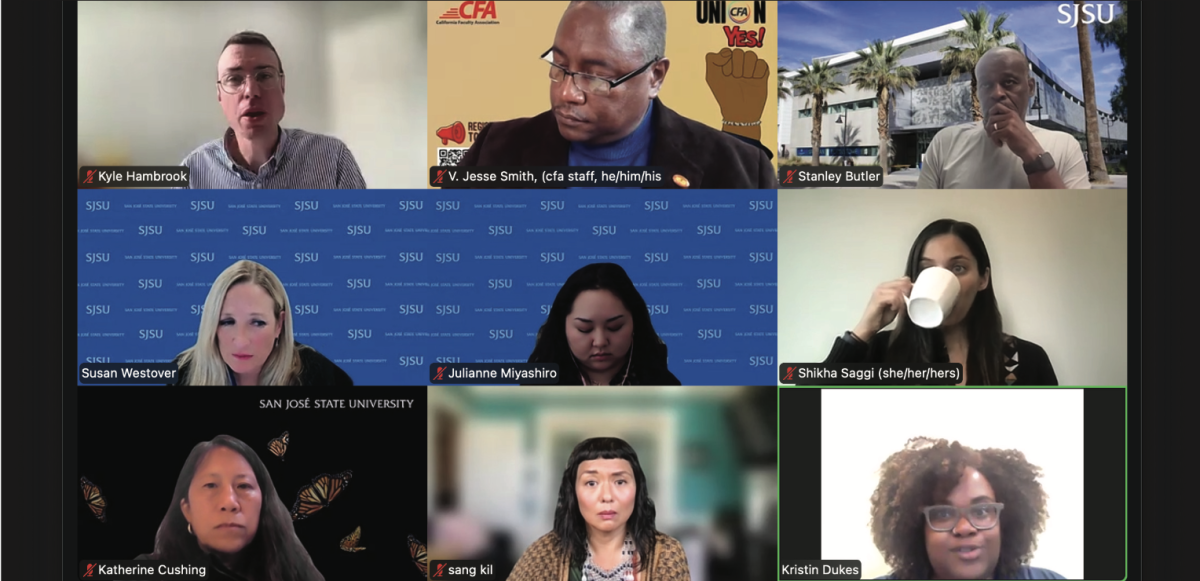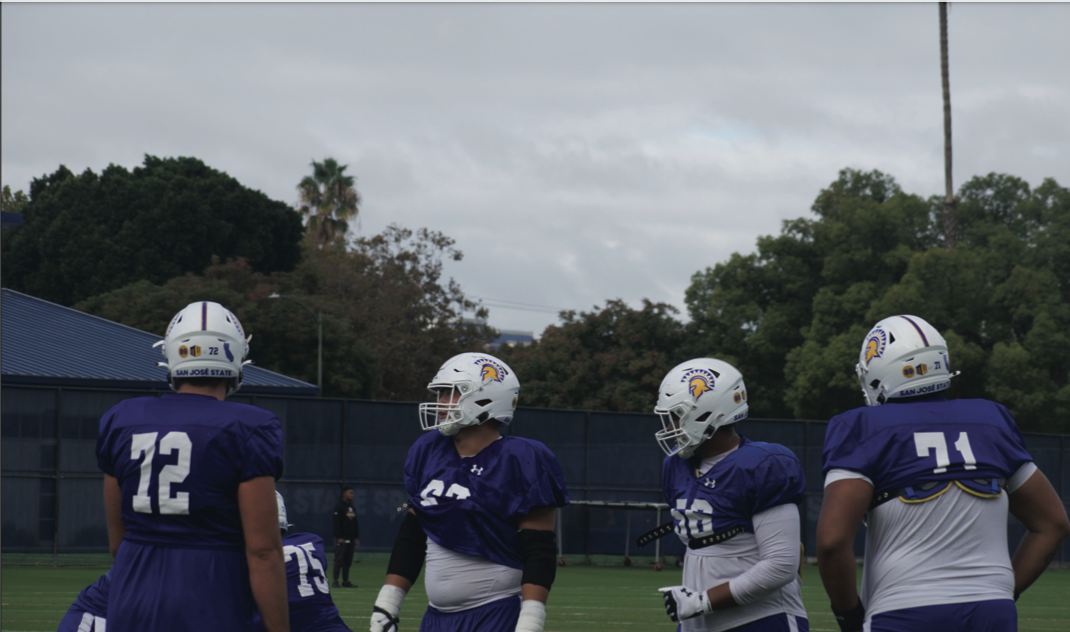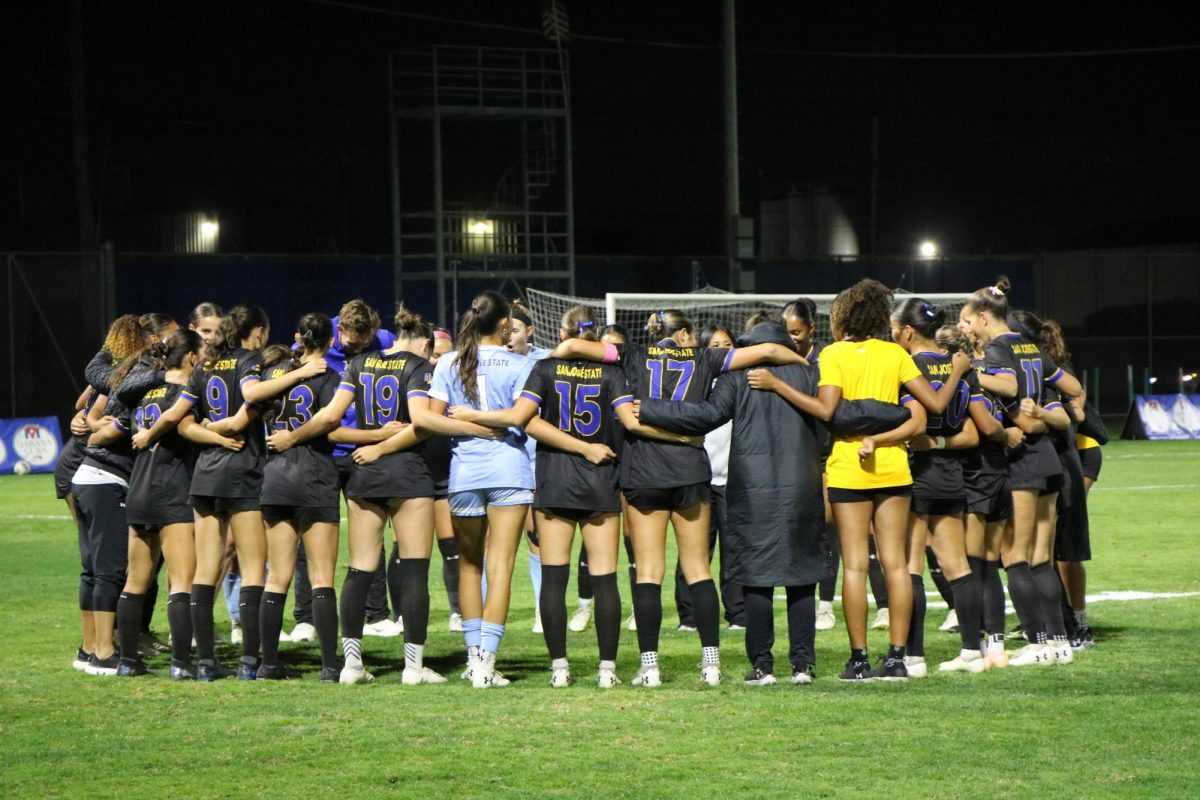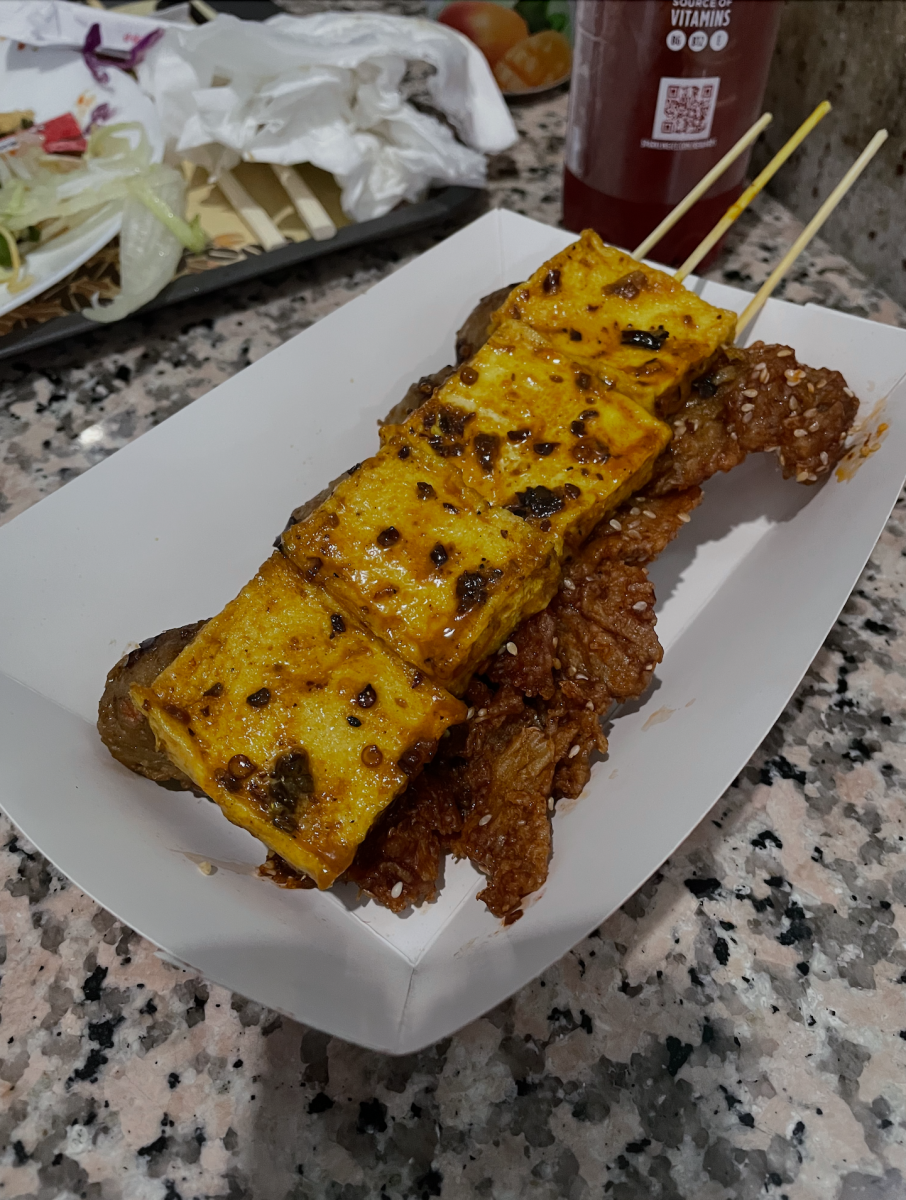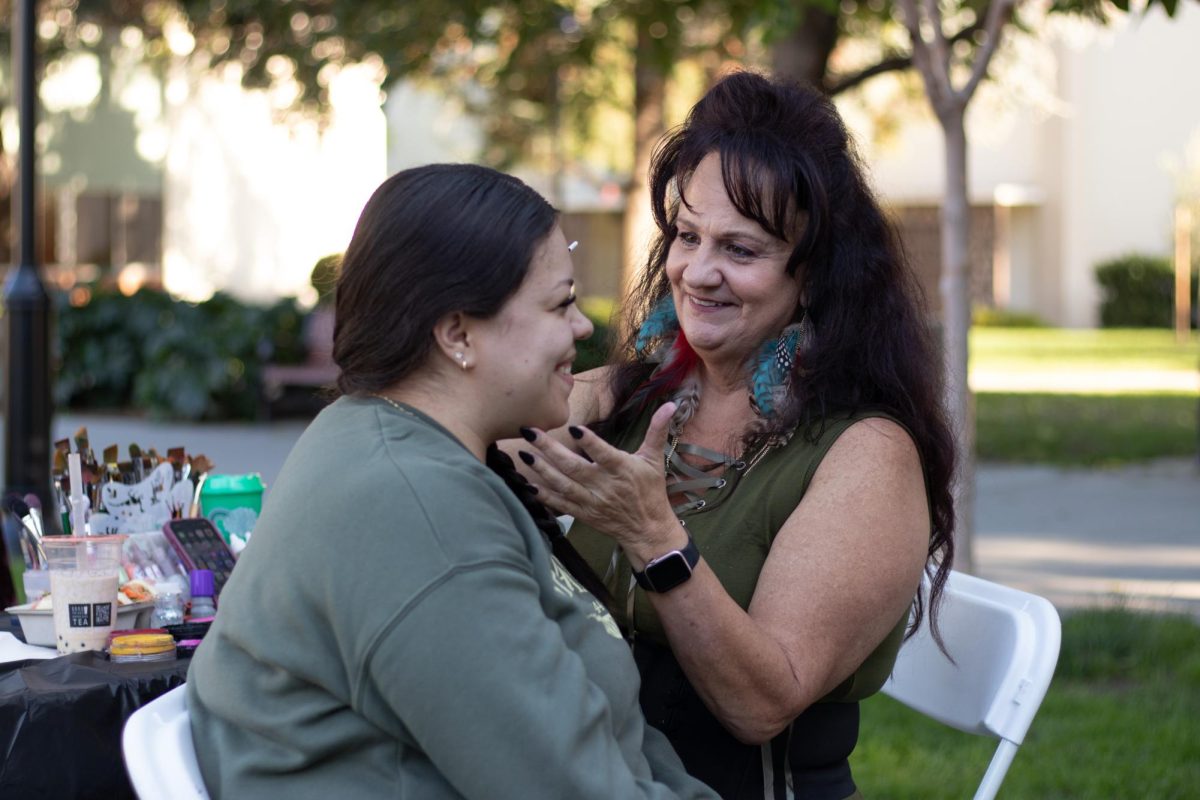A group of seventeen San Jose Staté University urban planning graduate students met on Tuesday to discuss the San José Flea Market and its ability to be a center for community for the city and a hub of opportunity for small businesses owners to try and achieve an American Dream.
The group of students are part of an urban planning and regional planning graduate studies Capstone Studio: Community Planning course, that gives students fieldwork to understand and help urban communities, according to an archived SJSU 2024-25 semester course catalog.
Richard Kos, the instructor of the capstone course, chose the topic of the flea market because flea markets represent many aspects of an ideal city.
“I had a choice of three projects,” Kos said. “One was a project with the (Santa Clara Valley Transportation Authority) VTA, another one was the city Public Works (Services) Department, and then this one came up late in the game and I immediately threw away the other two ideas because this one was just so meaty — it’s just every aspect of urban planning is here.”
Kos explained that most modern urban planners support ideas of building sustainable communities that are walkable and transit-friendly, and that the San José Flea Market has all of those aspects.
The San José Flea Market was founded in 1959 by a local man named George Bumb, according to the flea market’s website.
The family still owns the land in which vendors pay to vend but there has been uncertainty with the City of San José on developing the land, according to a Dec. 15 San Jose Spotlight article.
Mariana Mejia, a former vendor of the flea market, said the rent for a spot at the flea market is up to the discretion of the property owner.
“My colleague Roberto says they tell you to ‘jump,’ you have to say ‘how high you have to jump,’” Mejia said. “This past month with only two weeks’ notice vendors told them they’re going to eliminate the whole street, so those vendors had to move their stalls in a matter of two weeks; a lot of them have two stands, a lot of them are seniors.”
Flea markets are allowed to give spaces to anyone who has the right paperwork such as a sellers permit and other personal information, according to a California Department of Tax and Fee Administration webpage.
The same webpage does not indicate that there are any rules for flea market owners to follow in terms of rent prices.
Vendors at the San José Flea Market in the past were not allowed to speak or organize with one another within the market, according to an April 29, 2022 KTVU2 article.
Eric Robins, an urban planning masters student, said the closure of the flea market remains uncertain.
“In theory the market has until March of 2027,” Robins said. “No one’s entirely sure because it’s up to the landowners about exactly when to do this.”
He said because the city is under agreement with the owners for them to give at least one year’s notice before closing the flea market, and that the owners won’t issue a notice until at least March of next year.
The flea market is set to remain open until at least January of 2026 with the exact closure date being unknown, according to a Sept. 10, 2024 city update.
The presentation covered phase one of the students’ project that focused on assessing the current conditions of the flea market, according to the presentation.
The San José Flea Market is open every Wednesday, Friday, Saturday and Sunday and sees four million customers a year, according to its website.
When city planners were mapping San José, the commercial activity was limited to the central business district downtown, according to the same presentation.
Xio Almaguer, an urban planning masters student, said the San Jose Flea Market offers a sense of belonging, and that it operates differently from the one she grew up with in Ventura county.
“The flea market I grew up going to was like pack up and go,” Almaguer said. “(The San José Flea Market) is like, people can keep their stuff there and unlock and it’s there.”
It wasn’t until 1956 that the city allowed for the first retail outside of downtown, according to the presentation.
The city has an advisory group in charge of figuring out the future of the flea market, according to the city’s San José Economy webpage.
The group is responsible for designing a new urban market site or space allocation within the existing flea market, according to the same webpage.
The students will hold another presentation on Dec. 9 which will analyze the future of the flea market, according to Kos.
Manasi Aranake, an urban planning graduate student and Milpitas local, said she just recently started going to the flea market before the COVID-19 pandemic.
“It kind of changed my perception of San José because I could not believe that this vibrant kind of market existed in San José,” Aranake said. “I had previously really only thought of San José as mostly suburban and you know, kind of not as exciting as what the market had to offer.”



